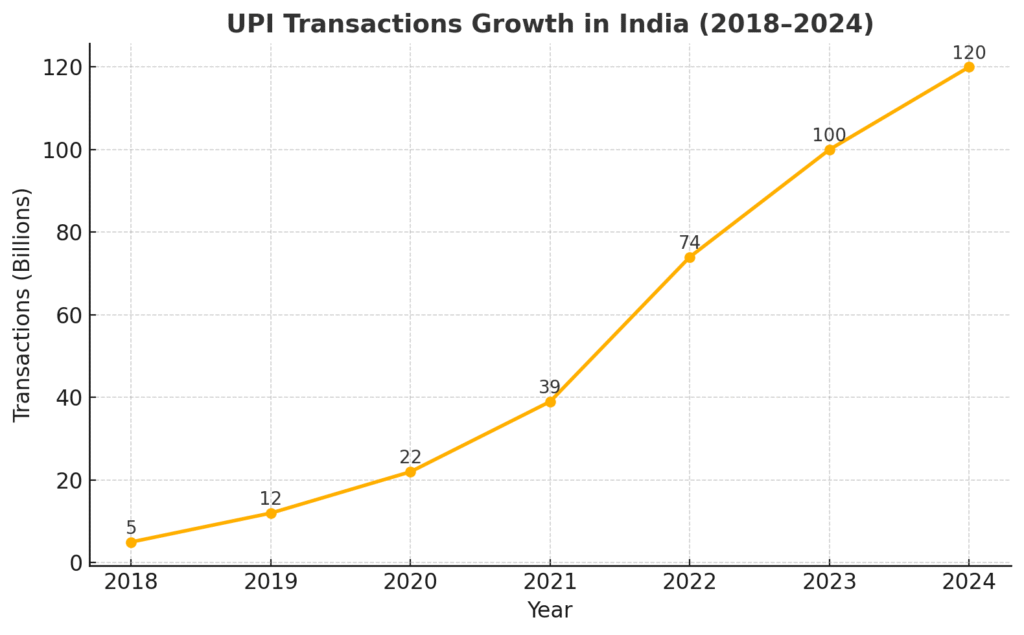Table Of Content
India is often celebrated as the world’s fastest-growing digital economy. From record-breaking UPI transactions to government campaigns like Digital India, the narrative is clear: technology is transforming every corner of the nation.
But here’s the uncomfortable question: is the Digital India narrative inclusion story truly real, or is it just another buzzword-heavy slogan?
Yes, we’ve seen headlines about India being the “world leader in digital payments,” and yes, startups and policymakers proudly tout Bharat’s digital leap. But when you travel beyond metro cities into Tier-2, Tier-3, and rural towns, the picture looks very different.
At Webverbal, we believe the Digital India narrative has two sides: one of rapid growth, and another of uneven access. It’s time to ask: is inclusion happening—or are we mistaking hype for progress?
The Promise of Digital India

The Digital India mission, launched in 2015, was ambitious: to transform India into a digitally empowered society and knowledge economy. Its goals included:
- Universal digital literacy
- Internet access for every citizen
- Paperless governance and digital infrastructure
- Digital payments to reduce cash dependency
On paper, the vision looked flawless. Combined with the Jio revolution in 2016, India’s internet penetration skyrocketed. Suddenly, the cost of mobile data fell, WhatsApp reached every household, and small shopkeepers began scanning QR codes.
Global commentators began calling India the testbed of the digital economy. UPI became the crown jewel: in 2024 alone, Indians made over 120 billion transactions.
The promise was seductive: if the world was moving digital, India was leapfrogging.
The Buzzword Problem in the Digital India Narrative
But here’s the catch: the Digital India narrative inclusion story has often been louder than its actual reach.
Connectivity vs. Quality
Yes, internet penetration has increased. But reliable broadband in rural areas is still patchy. Speeds fluctuate, and outages are frequent.
Digital Literacy Gap
Access doesn’t equal literacy. Millions have smartphones but don’t know how to use digital tools beyond WhatsApp.
Gendered Divide
According to the GSMA Mobile Gender Gap Report, Indian women are 30% less likely than men to use mobile internet.
Bureaucratic Buzzwords
Government decks are filled with terms like AI-driven governance, blockchain for agriculture, smart cities. But at the grassroots, citizens still face paperwork and queues.
The result? A country with flashy statistics, but patchy lived experiences.
Why Inclusion Isn’t Happening at Scale
Why has Digital India fallen short of true inclusion?
- Infrastructure gaps: Rural connectivity still lags.
- Language barriers: Most apps are English-first.
- Trust deficit: Many first-time users fear scams.
- Top-down focus: Designed in Delhi, not small-town India.
- Exclusion of the low income groups: Even ₹100 recharge packs are unaffordable for many.
This is why Digital India narrative inclusion feels like a metro-city story. It shines in Bengaluru and Delhi but falters in Bastar or Bhagalpur.
Contrarian View: Where Digital India Is Truly Working
Our contrarian stance isn’t that Digital India is a failure—it’s that we are celebrating it prematurely.
Because yes, there are wins:
- UPI: Even street vendors now accept QR codes.
- Aadhaar-enabled services: Direct transfers reduce corruption.
- Telemedicine & EdTech: Platforms bridged gaps during COVID.
- E-commerce: From Meesho to Flipkart, small entrepreneurs got access to wider markets.
These wins prove inclusion is possible with empathy and affordability. But they remain exceptions, not the rule.
What True Digital Inclusion Would Look Like
So, what would it take for the Digital India narrative to move beyond buzzwords?
- Affordable, reliable connectivity
- Regional language-first platforms
- Grassroots-level digital literacy campaigns
- Gender equity in internet access
- Bottom-up Bharat-born innovations
- Trust-building in cybersecurity
Without these, Digital India risks being a branding exercise, not a universal reality.
For more, explore our report on India’s digital economy.
Conclusion & Webverbal’s Pulse
India loves its big narratives—Startup India, Digital India, Make in India. But ambition must meet execution.
Our contrarian pulse is this: Digital India is happening, but unevenly. For every success, there are ten stories of exclusion.
If policymakers and entrepreneurs want Digital India to succeed, the focus must shift from buzzwords to lived realities. Because inclusion isn’t proven by statistics—it’s proven when a farmer in Vidarbha, a student in Gaya, or a businesswoman in Cuttack can use digital tools as easily as an executive in Bengaluru.
That’s the real test. That’s the pulse.




